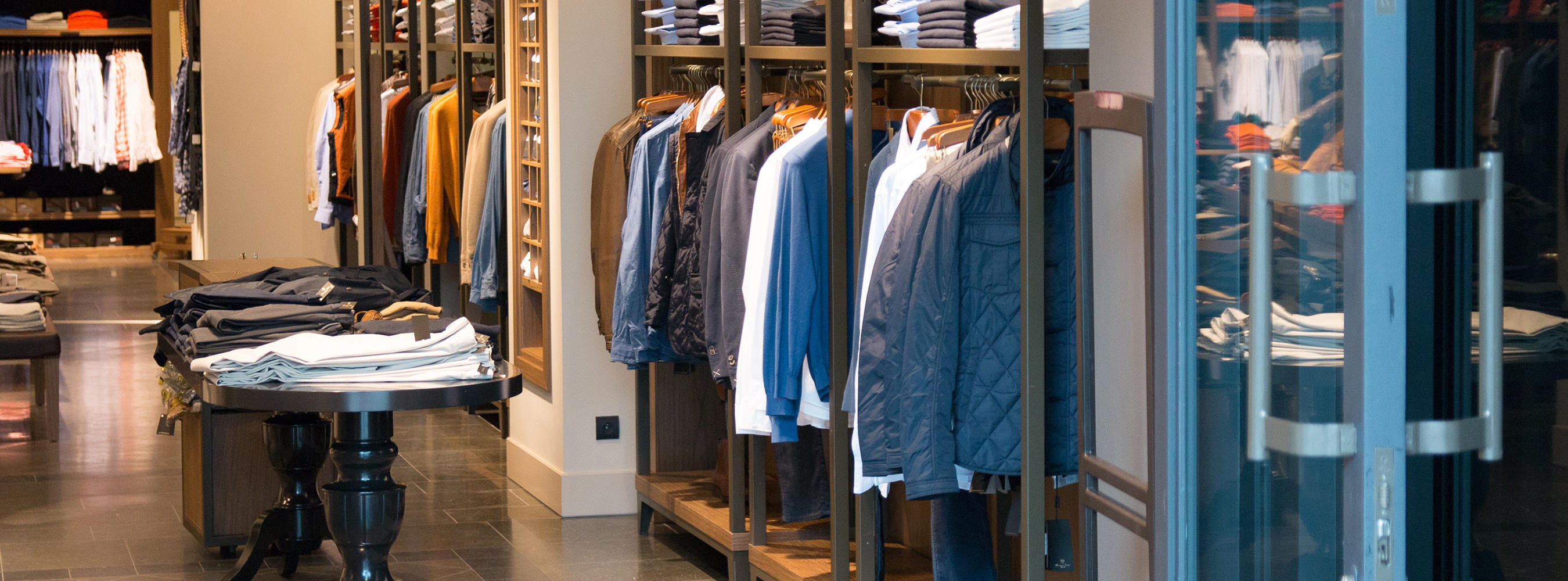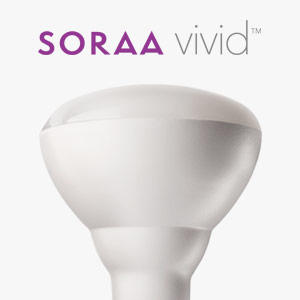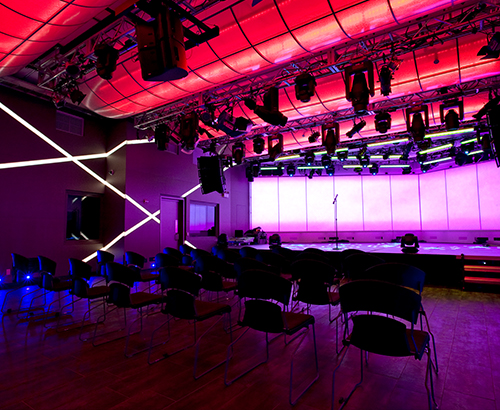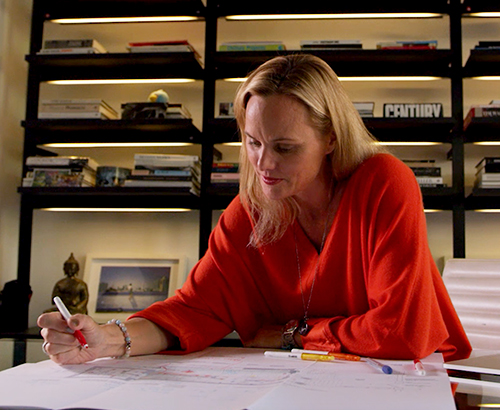Bringing Your Store to Light: 10 Dos and Don’ts of Retail Lighting
January 2018 - by Kathy Pryzgoda
I like this
Use these best practice tips when it comes to your next project
As the competition between the “virtual”and the “physical” store increases, it is imperative that brick-and-mortar stores outshine the rest. Great lighting design brings in buyers, leads them through the experience, and makes your brand stand out for all the right reasons. Without good lighting design, retailers miss out on opportunities to increase sales. Below are my top dos and don’ts of lighting design to keep in mind for your next project:

1. Do hire a lighting designer, and don’t depend on your engineer or architect tobe the lighting designer. To best show off your product and support your brand, hire an expert! A lighting designer understands the newest lighting trends, the latest technologies and best-suited lighting products. While engineers are experts in how a space is wired, and architects know building techniques, they are not necessarily experts in lighting design, and a good lighting expert can easily transform your space.
2. Do light vertically, but don’t simply light straight down from the ceiling. The human eye is naturally drawn to light (known as “phototropism”), and the first thing people see as they walk past a retail store is the “vertical plane.” Knowing that, we must light walls and other vertical surfaces to bring customers into the space. Merely pointing spotlights down on your product can make a space feel dark, while lighting walls will give a sense of spaciousness and brightness.
3. Do consider how your material choices (colors and finishes) affect the brightness of your space, and don’t depend on spotlights todo everything. If you paint a space’s ceilings and walls a matte white, it will feel bright and airy. But if you want a space to feel dramatic and intimate, consider painting the ceiling black. Just remember, by doing this, you will need to consider allowing for more light to make your product pop. Also, shiny versus matte materials will make a big difference: Shiny materials reflect light and add “sparkle,” but may also cause unsightly reflections from spotlights and LEDs.
4. Do consider how daylight influences your space, but don’t forget the effects of color temperature. As large interior malls become history and mixed-use developments grow in popularity, more stores will have exterior windows that let natural light in. Daylight has a bluish color temperature, relative to warm white LEDs and incandescent sources. To keep your product front and center, you’ll need to compete with daylight. Consider lighting the storefront windows with a cool color temperature to match daylight, or better yet, light the storefront with a tunable white luminaire, which allows you to adjust the color temperature to complement daytime (cool white) or nighttime (warmer white) illumination.
5. Do use fixtures with integrated lighting for product display, but don’t depend completely on general lighting to illuminate your space. Using products like LED flat panels and backlit graphics not only help support your brand, they also add light to the space.
6. Do keep your lighting details simple, and don’t design architectural details that require anon-site engineer. Remember that time is money and sometimes that “precious” detail can ultimately hold up your construction schedule. Keeping it simple goes a long way.
7. Do understand your local electrical and energy codes, and don’t wait until the inspector comes. If your store is a national chain, it’s easy to assume you can duplicate your designs from one city to the next. However, codes change from city to city and state to state. Do your research! Not understanding codes can cost you. And increasingly, projects are including LEED and other and third-party certification. Hire a knowledgeable electrical engineer who can help you navigate through this constantly changing world of codes.
8. Do design an easily maintainable system, and don’t design lighting that can’t be reached and replaced. The latest lighting trends include “trimless” fixtures and discrete linear LEDs, and a lot of these products require special installation. In the past, maintaining your lighting involved unscrewing a bulb and putting in a new one. Today, most fixtures have remote drivers and require proprietary LED modules. Consider placing drivers and special equipment in easy-access areas, with fixtures that are easily maintained. (You don’t want to rip out the ceiling just to replace one lightbulb.)
9. Do specify a good control system, and don’t depend on a series of individual standalone controls. With all of the energy requirements sweeping the country, remote-control systems are becoming a necessity. In the past, retailers could depend on simple wall switches to control their lighting. Now, we are required to use dimmers, occupancy sensors and timers to meet code. A relatively new concept called “daylight harvesting” requires lights to dim as sunlight increases during the day. By specifying a good remote-control system, all of these features can be operated with one master keypad. This also allows the store staff to make changes to time clocks with relative ease.
10. Do design a lighting system that is flexible, and don’t design one that won’t allow for growth. There is a reason that track lighting has been the “go-to” system for retail lighting for years. With track lighting, we can move the spotlights and add more, as needed. With the high turnaround of brick-and-mortar stores, it is essential that we design lighting that can roll with all of the changes. Beyond standard track lighting, there are many “recessed multiples” available in various designs.
When the bottom line is selling your product, don’t forget that lighting is a necessary piece of the puzzle.
Kathy Pryzgoda has been designing lighting for the past 30 years. Her diverse background includes lighting design for theater, television and architecture. In2007,she established Light Studio LA, an architectural lighting design firm based in CulverCity, Calif. Kathy is currently the lighting designer for national retailer, Design Within Reach, and she lectures at UCLA Extension and atLA’s Otis School of Design.






